

Articles
What Can Huffing Air Duster Do To You
Modified: February 24, 2024
Discover the dangers of huffing air duster with our informative and eye-opening articles. Learn about the risks and consequences in detail.
(Many of the links in this article redirect to a specific reviewed product. Your purchase of these products through affiliate links helps to generate commission for Storables.com, at no extra cost. Learn more)
Introduction
Huffing air duster, also known as inhalant abuse, has become a concerning trend among individuals seeking a quick and dangerous high. This dangerous practice involves intentionally inhaling the fumes from compressed air duster cans, typically used for cleaning computers and electronics. What may seem like a harmless activity has severe and potentially life-threatening consequences.
In recent years, the accessibility of air duster cans has made it easier for individuals to experiment with this dangerous behavior. The euphoric effects produced by inhalants, including air duster, are short-lived but often lured individuals seeking a cheap and easily accessible means of altering their mental state. The inhalation of the chemicals in air duster can have immediate, short-term, and long-term health risks, as well as psychological implications.
It is crucial to understand the dangers associated with huffing air duster and the negative impact it can have on one’s well-being. This article aims to shed light on the immediate and long-term effects of air duster abuse, the signs to look out for, treatment options available, and preventative measures that can be taken to educate and protect individuals from the dangers of inhalant abuse.
Key Takeaways:
- Huffing air duster can lead to immediate and long-term health risks, including cardiac complications, cognitive impairment, and psychological disorders. Recognizing the signs and seeking prompt treatment are crucial for addressing this dangerous practice.
- Prevention and education are vital in combating air duster abuse. Public awareness campaigns, school-based education programs, and regulation can help raise awareness and empower individuals to make informed choices, ultimately reducing the prevalence of this hazardous behavior.
Read also: 9 Unbelievable Air Can Duster for 2024
Meaning of Huffing Air Duster
Huffing air duster refers to the act of intentionally inhaling the fumes from cans of compressed air duster. Typically, people engage in this dangerous practice to experience a euphoric high or a dissociative state. Air duster cans are widely available in stores and are primarily used for cleaning computer keyboards, electronics, and other delicate equipment. However, the misuse of these cans for inhalant abuse has become a growing concern.
The fumes released by air duster cans contain various chemicals, most commonly difluoroethane or tetrafluoroethane. These chemicals belong to a class of compounds known as volatile organic compounds (VOCs). When inhaled, VOCs rapidly enter the bloodstream through the lungs, causing a sudden and intense effect on the central nervous system.
Huffing air duster is often performed by placing the nozzle of the can close to the mouth or nose and then inhaling deeply. The chemicals are then absorbed into the bloodstream, resulting in a rapid onset of effects. The intoxicating effects of air duster can include feelings of euphoria, lightheadedness, dizziness, and a sense of detachment from reality. However, these effects are short-lived and can quickly give way to serious health risks and detrimental consequences.
It is essential to recognize that huffing air duster is a dangerous and potentially life-threatening activity. Inhalant abuse can have severe health consequences, both in the short and long term. Understanding these risks is crucial in order to raise awareness and prevent individuals from engaging in this harmful behavior.
Immediate Effects of Huffing Air Duster
When someone huffs air duster, the immediate effects can be both intoxicating and dangerous. The chemicals present in air duster cans act as depressants on the central nervous system, resulting in a range of immediate physiological and psychological effects.
One of the initial sensations experienced after inhaling air duster fumes is a rush or high. Users may feel a sudden surge of euphoria, intense pleasure, or a sense of exhilaration. However, these feelings are short-lived and quickly give way to more adverse effects.
Physical symptoms of air duster abuse can include dizziness, lightheadedness, confusion, and impaired coordination. Slurred speech, blurred vision, and loss of consciousness are also common immediate effects. These physical impairments pose serious risks, as individuals under the influence of air duster may have difficulty performing simple tasks or making rational decisions.
One of the most significant immediate dangers of huffing air duster is the potential for sudden cardiac arrest or heart arrhythmias. The chemicals in air duster cans can cause a rapid and irregular heartbeat, putting immense strain on the cardiovascular system. Individuals with pre-existing heart conditions are particularly susceptible to these risks. In some cases, inhalant abuse has resulted in fatalities due to cardiac complications.
Another immediate consequence of huffing air duster is oxygen deprivation. Inhalant abuse can displace oxygen in the lungs and bloodstream, leading to a condition known as hypoxia. Hypoxia deprives vital organs, including the brain, of oxygen, which can result in seizures, loss of consciousness, or even brain damage.
Psychologically, immediate effects of air duster abuse can include feelings of confusion, disorientation, and impaired judgment. Users may also experience mood swings, agitation, or extreme anxiety. These psychological effects can contribute to risky behaviors and an increased likelihood of accidents or injuries.
It is important to note that the immediate effects of huffing air duster vary from person to person and can be influenced by factors such as dosage, frequency of use, and individual tolerance. However, regardless of individual variations, the immediate effects of air duster abuse are consistently dangerous and can quickly lead to life-threatening situations.
Short-Term Health Risks
The short-term health risks associated with huffing air duster are alarming and can have severe consequences on the user’s well-being. The immediate effects of inhalant abuse can quickly escalate into short-term health complications that require medical attention.
One of the significant short-term health risks of huffing air duster is chemical pneumonitis, inflammation of the lungs caused by the inhalation of chemicals. When air duster fumes are inhaled, they can deposit in the lungs, leading to a condition known as “chemical pneumonia.” Symptoms of chemical pneumonitis include chest pain, coughing, shortness of breath, and difficulty breathing. This condition can be life-threatening and requires prompt medical intervention.
Another short-term health risk of air duster abuse is sudden sniffing death syndrome (SSDS). This occurs when the chemicals in air duster cans disrupt the heart’s rhythm, leading to cardiac arrest and sudden death. SSDS is particularly common among individuals who engage in repeated or chronic inhalant abuse, as the strain on the cardiovascular system becomes more pronounced over time.
Other short-term health risks of huffing air duster include nausea, vomiting, headaches, and loss of appetite. These symptoms are often accompanied by dizziness, confusion, and impaired coordination, making it dangerous to engage in everyday activities such as driving or operating machinery.
Inhalant abuse can also have a detrimental effect on the liver and kidneys. Prolonged inhalant abuse can lead to organ damage and dysfunction, which may manifest as abdominal pain, changes in urinary patterns, or jaundice (yellowing of the skin and eyes).
Furthermore, individuals who engage in huffing air duster may be more prone to accidents and injuries due to impaired judgment, disorientation, and slowed reflexes. Falls, burns, and other physical injuries are common among those under the influence of inhalants.
It is essential to understand that the short-term health risks associated with huffing air duster are not to be taken lightly. Even a single episode of inhalant abuse can have immediate and potentially life-threatening consequences. Seeking immediate medical attention for any signs of inhalant abuse or related symptoms is crucial for mitigating these short-term health risks.
Long-Term Health Risks
The long-term health risks associated with huffing air duster are significant and can have lasting and irreversible effects on an individual’s physical and mental well-being.
Repeated inhalant abuse can lead to severe damage to various organs and systems in the body. Prolonged exposure to the chemicals in air duster cans can result in chronic respiratory problems, such as bronchitis, pneumonia, and impaired lung function. Individuals who regularly huff air duster may experience persistent coughing, wheezing, and difficulty breathing due to the damage caused to their respiratory system.
Long-term inhalant abuse can also have detrimental effects on the cardiovascular system. The chemicals in air duster cans can contribute to the development of cardiovascular diseases, including high blood pressure, heart palpitations, and an increased risk of heart attack or stroke. These long-term cardiovascular effects can be life-threatening and require ongoing medical management.
One of the concerning long-term health risks of huffing air duster is brain damage. Inhalant abuse can cause widespread damage to brain cells, leading to cognitive impairment, memory loss, and decreased intellectual functioning. Individuals who engage in prolonged inhalant abuse may experience difficulties in learning, problem-solving, and concentration.
In addition to physical health risks, long-term inhalant abuse can also result in psychological consequences. Individuals may develop mood disorders such as depression, anxiety, or psychosis. The psychological effects can further exacerbate social and interpersonal problems, leading to strained relationships and a decrease in overall quality of life.
Chronic inhalant abuse can also lead to a condition known as “sniffing glue syndrome,” characterized by chronic damage to the nerves in the limbs. This condition can cause numbness, tingling, muscle weakness, and even paralysis in the affected areas.
It is crucial to recognize that the long-term health risks associated with huffing air duster are not reversible in many cases. Once damage to organs and systems has occurred, it may be challenging to fully recover or regain normal functioning. It is vital to seek professional help and support to address inhalant abuse before it escalates to long-term health complications.
Huffing air duster can cause dizziness, lightheadedness, and even loss of consciousness. It can also lead to heart palpitations, nausea, and damage to the brain, lungs, and other organs. Avoid inhaling any type of compressed air or gas.
Read also: 14 Best Air Duster Can for 2024
Psychological Effects
Huffing air duster can have profound psychological effects on individuals who engage in inhalant abuse. The chemicals present in air duster cans can disrupt the normal functioning of the brain, leading to various psychological and emotional changes.
One of the primary psychological effects of air duster abuse is a feeling of euphoria or intense pleasure. Inhalants, including air duster, can create a temporary sense of euphoria, which may be appealing to individuals seeking an escape from reality or a quick high. However, this euphoric state is short-lived and quickly replaced by more negative psychological consequences.
Individuals who abuse air duster may experience mood swings, going from extreme highs to low moods or irritability. The chemicals in air duster cans can disrupt the balance of neurotransmitters in the brain, leading to emotional instability and unpredictable mood changes.
Another psychological effect of huffing air duster is cognitive impairment. Inhalant abuse can impair cognitive functions such as memory, attention, and problem-solving abilities. Prolonged inhalant abuse can lead to long-term cognitive deficits and difficulties in areas such as learning and academic achievement.
In addition to cognitive impairment, inhalant abuse can also contribute to psychiatric disorders. Individuals who engage in huffing air duster may be at higher risk of developing mental health conditions such as depression, anxiety, or psychosis. These disorders can significantly impact an individual’s overall well-being and quality of life.
Inhalant abuse can also lead to the development or exacerbation of existing psychological disorders. Individuals with pre-existing mental health conditions may experience worsening symptoms due to the chemical effects of air duster on the brain. It is crucial for individuals with mental health disorders to avoid inhalant abuse, as it can compound their psychological struggles.
Furthermore, air duster abuse can lead to social and interpersonal problems. The psychological effects of inhalant abuse can impair judgment, decision-making abilities, and impulse control, which can result in strained relationships, isolation, and difficulties in maintaining social connections.
It is important to recognize the psychological effects of huffing air duster and the potential impact on an individual’s mental health. Seeking professional help and treatment is crucial for addressing the underlying psychological issues related to inhalant abuse and promoting overall well-being.
Signs of Air Duster Abuse
Identifying the signs of air duster abuse is crucial in order to intervene and provide the necessary support to individuals who may be engaging in this dangerous behavior. Recognizing these signs can help prevent further harm and encourage individuals to seek help and treatment. Here are some common signs of air duster abuse:
- Chemical odor: One of the most apparent signs of air duster abuse is the presence of a strong chemical odor on the individual’s breath or clothing. The smell may resemble nail polish remover or an unusual, synthetic scent.
- Persistent nasal congestion or nosebleeds: Regular inhalation of air duster fumes can irritate the nasal passages, leading to chronic congestion or frequent nosebleeds.
- Drastic behavior changes: Individuals who abuse air duster may exhibit sudden and extreme changes in behavior or personality. They may become more withdrawn, secretive, or exhibit mood swings.
- Slurred speech and impaired coordination: The effects of inhaling air duster can result in slurred speech, impaired motor skills, and difficulty with coordination. Individuals may stumble or seem unsteady on their feet.
- Physical signs: Inhalant abuse can lead to several physical signs, including bloodshot eyes, watery or glassy eyes, flushed cheeks, and dazed or confused expressions.
- Changes in academic or work performance: Regular air duster abuse can significantly impact an individual’s academic or work performance. They may experience a decline in productivity, absenteeism, or neglect of responsibilities.
- Sudden financial problems: Air duster abuse can be an expensive habit, and individuals may experience sudden financial difficulties as they prioritize purchasing cans of air duster over essential necessities.
- Disregard for personal hygiene: Individuals abusing air duster may neglect personal hygiene, leading to a disheveled appearance, unwashed clothes, or neglect of basic grooming habits.
- Paraphernalia: The presence of empty air duster cans, rags, plastic bags, or other paraphernalia used for inhalant abuse may indicate that an individual is engaging in air duster abuse.
- Social isolation: Huffing air duster can lead to social withdrawal and isolation as individuals prioritize their substance abuse over social interactions.
If you suspect that someone may be abusing air duster, it is crucial to approach the situation with care and concern. Encourage open and non-judgmental communication, and consider involving a professional or seeking assistance from helplines or addiction recovery services.
Treatment for Air Duster Abuse
Seeking prompt and appropriate treatment is crucial for individuals struggling with air duster abuse. Overcoming inhalant addiction requires a comprehensive approach that addresses the physical, psychological, and social aspects of the addiction. Here are some common treatment options for air duster abuse:
1. Detoxification: The first step in treating air duster abuse is often detoxification. This involves safely and gradually removing the substance from the body while managing withdrawal symptoms. Medical supervision and support are crucial during this phase to ensure the individual’s safety and comfort.
2. Inpatient or Residential Treatment: For individuals with severe air duster addiction or co-occurring mental health disorders, inpatient or residential treatment may be recommended. This type of treatment provides a structured environment with round-the-clock care, therapy, medical support, and a focus on building healthy coping mechanisms.
3. Outpatient Treatment: Outpatient treatment programs offer flexibility and allow individuals to receive addiction treatment while continuing with their daily responsibilities. This may involve attending therapy sessions, counseling, support groups, and regular check-ins with healthcare professionals.
4. Individual Therapy: Individual therapy plays a crucial role in addressing the underlying causes and triggers of air duster abuse. Therapists can help individuals identify unhealthy patterns of thinking and behavior, develop coping strategies, and work towards sustainable recovery. Evidence-based therapies such as cognitive-behavioral therapy (CBT) and motivational interviewing (MI) are commonly used.
5. Group Therapy and Support Groups: Group therapy sessions provide individuals with the opportunity to connect with others who have experienced similar struggles. Sharing experiences, challenges, and successes in a supportive environment can provide a sense of belonging and help individuals develop new coping skills and strategies.
6. Family Therapy: Involving family members in the treatment process can be beneficial for both the individual and their loved ones. Family therapy sessions can help improve communication, address familial dynamics, and provide vital support for the recovery process.
7. Holistic Approaches: Incorporating holistic approaches such as yoga, meditation, art therapy, or mindfulness techniques can enhance the overall well-being of individuals in recovery from air duster abuse. These practices can help manage stress, improve mental clarity, and promote self-care.
8. Aftercare and Relapse Prevention: Recovery from air duster abuse is an ongoing process. Aftercare programs aim to support individuals in maintaining long-term sobriety and preventing relapse. This may involve ongoing therapy, support group participation, and access to community resources.
It is important to note that treatment approaches may vary based on individual needs and the severity of the addiction. Consulting with healthcare professionals or addiction specialists can provide tailored recommendations and support for individuals seeking treatment for air duster abuse.
Prevention and Education
Prevention and education are essential in addressing the problem of air duster abuse and reducing its impact on individuals and communities. By raising awareness and providing accurate information about the dangers of inhalant abuse, we can work toward preventing individuals from engaging in this harmful behavior. Here are some key strategies for prevention and education:
1. Public Awareness Campaigns: Public awareness campaigns should be launched to educate the general population, especially young people, about the risks associated with air duster abuse. These campaigns can utilize various platforms, including social media, schools, community centers, and healthcare settings, to disseminate information and promote awareness.
2. School-based Education Programs: Implementing education programs in schools is crucial for reaching young individuals who may be vulnerable to experimentation with inhalants. These programs should provide age-appropriate information about the dangers of air duster abuse, emphasizing the potential consequences on physical and mental health.
3. Parent and Caregiver Education: Educating parents and caregivers about the signs of inhalant abuse and the importance of open communication is vital. Encouraging dialogue and equipping parents with information on prevention strategies can help create a supportive environment at home, reducing the risk of air duster abuse.
4. Healthcare Professional Training: Healthcare professionals, including doctors, nurses, and counselors, should receive training on identifying and addressing inhalant abuse. Enhancing their knowledge of the topic will enable them to effectively screen for substance abuse, provide appropriate interventions, and refer individuals to specialized treatment when necessary.
5. Regulation and Control: Stricter regulations on the sale and distribution of air duster cans can help deter individuals from accessing these products for inhalant abuse. Collaboration between regulatory bodies and retailers is crucial in enforcing age restrictions and limiting the availability of these products to minors.
6. Creating Healthy Alternatives: Providing individuals, particularly young people, with healthy alternatives to cope with stress, boredom, or peer pressure is essential. Promoting extracurricular activities, sports, art programs, and mentorship opportunities can help redirect their energy and focus toward positive outlets.
7. Peer-to-Peer Support: Encouraging peer-to-peer support networks can be effective in preventing inhalant abuse. Engaging young individuals to become advocates for drug-free lifestyles can foster a supportive environment where they can influence their peers positively.
8. Ongoing Research: Continued research on the effects of air duster abuse and the development of targeted prevention strategies are crucial. Ongoing studies can help inform education programs, treatment approaches, and policy decisions related to inhalant abuse.
By implementing comprehensive prevention strategies and promoting education, we can empower individuals to make informed choices, raise awareness about the dangers of air duster abuse, and ultimately reduce the prevalence of this hazardous behavior.
Read also: 13 Incredible Canned Air Duster for 2024
Conclusion
Huffing air duster is a dangerous practice that can have severe and potentially life-threatening consequences. The immediate effects of inhaling the chemicals found in air duster cans can be intoxicating, but they quickly give way to a range of short-term and long-term health risks. From respiratory issues and cardiac complications to cognitive impairment and psychological disorders, the impact of air duster abuse can be devastating.
The signs of air duster abuse should not be ignored. It is crucial to be vigilant for the chemical odor, physical symptoms, behavioral changes, and social withdrawal that may indicate an individual is engaging in inhalant abuse. Recognizing these signs early can lead to timely intervention and support, saving lives and preventing further harm.
Treatment for air duster abuse requires a comprehensive approach that addresses the physical, psychological, and social aspects of addiction. Detoxification, therapy, and aftercare programs play a significant role in helping individuals recover and rebuild their lives. Preventive measures, such as public awareness campaigns, education programs, and regulation, can help in reducing the incidence of air duster abuse.
Education is a key component in preventing inhalant abuse. By raising awareness about the dangers and providing accurate information, we can empower individuals to make informed choices and avoid the temptation of huffing air duster. Equipping parents, caregivers, and healthcare professionals with knowledge and resources is also essential in creating a supportive environment and providing timely interventions.
It is important to understand that overcoming air duster abuse is a challenging journey that requires compassion, understanding, and a multifaceted approach. Through prevention, education, and access to comprehensive treatment, we can support individuals struggling with air duster abuse on their path to recovery and help them lead healthier, happier lives.
Frequently Asked Questions about What Can Huffing Air Duster Do To You
Was this page helpful?
At Storables.com, we guarantee accurate and reliable information. Our content, validated by Expert Board Contributors, is crafted following stringent Editorial Policies. We're committed to providing you with well-researched, expert-backed insights for all your informational needs.
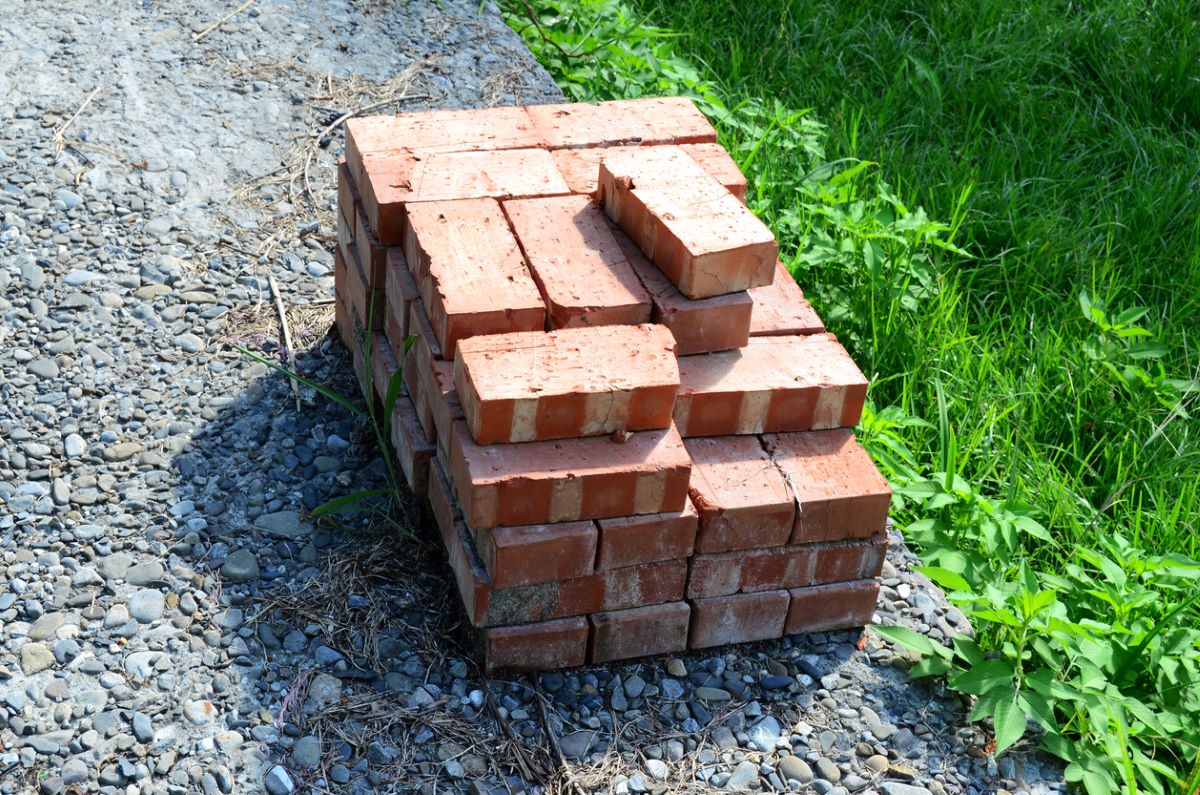
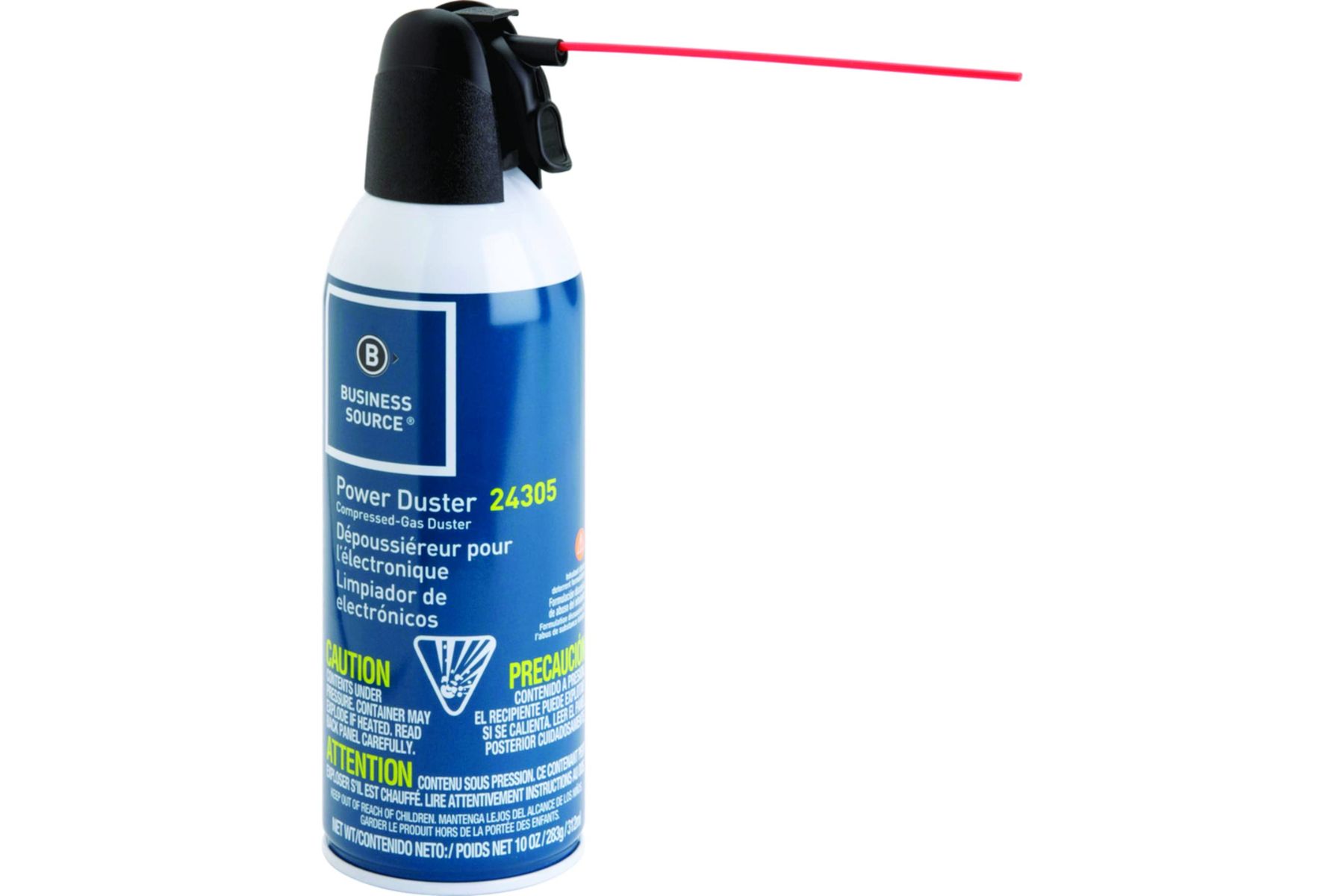
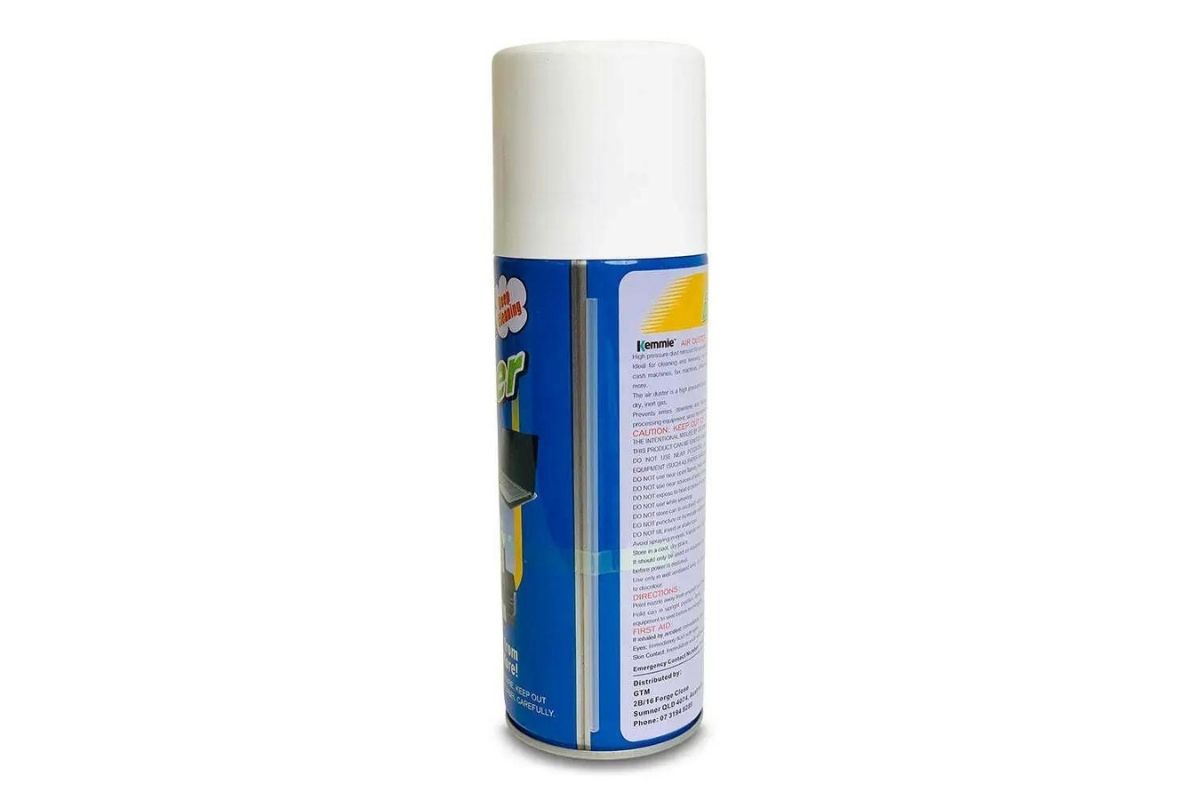
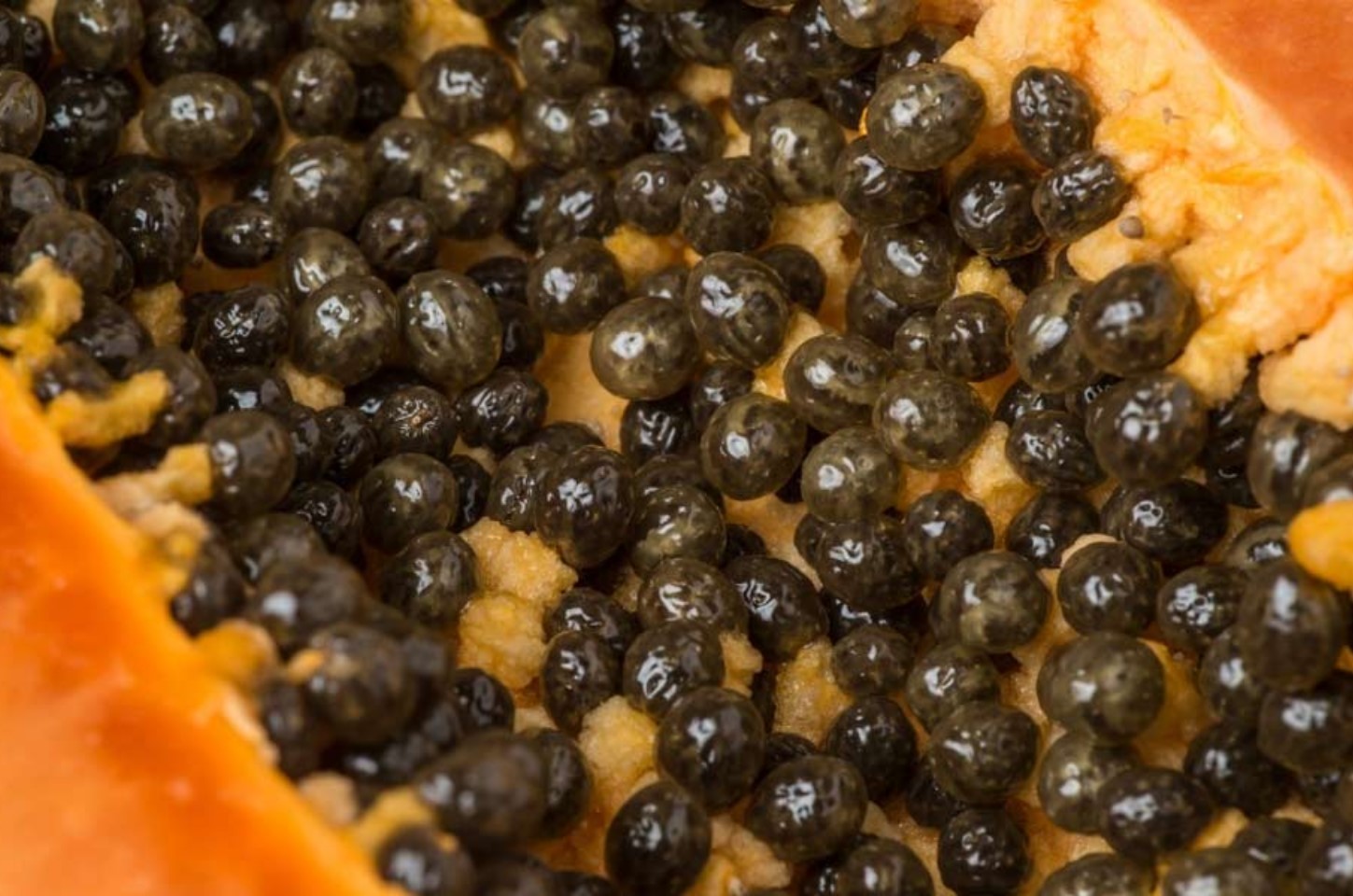







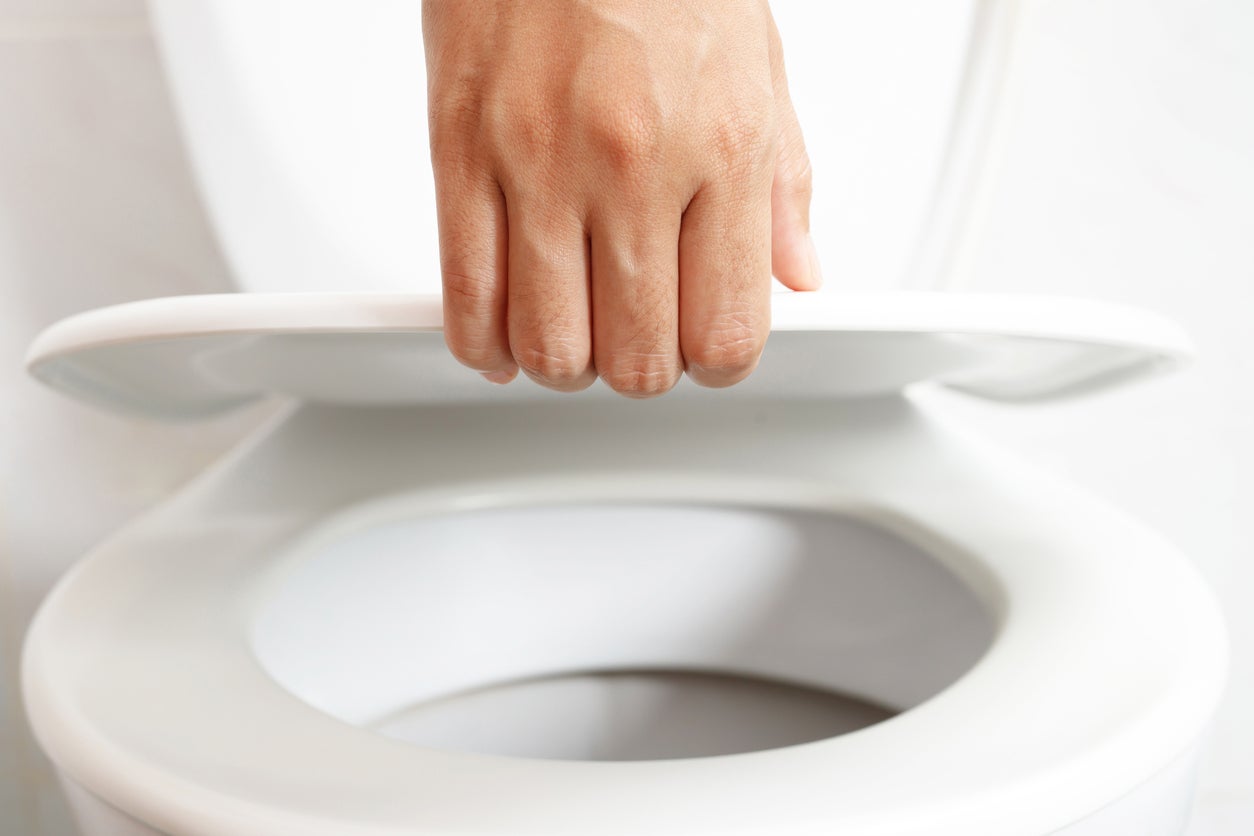


0 thoughts on “What Can Huffing Air Duster Do To You”